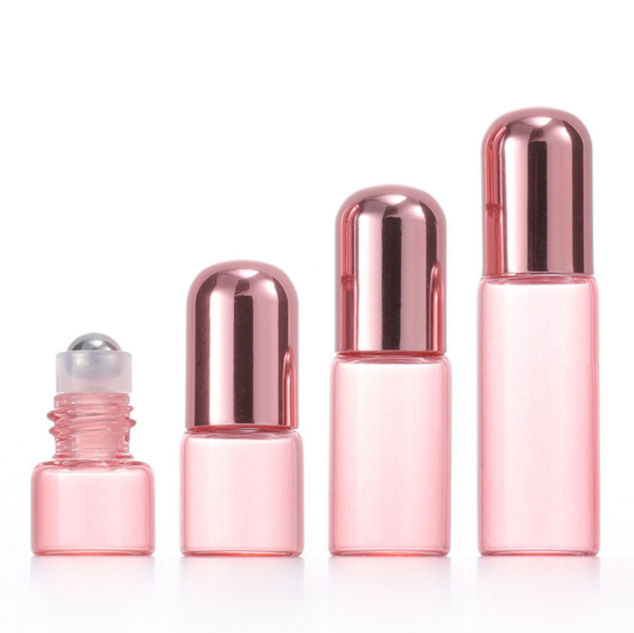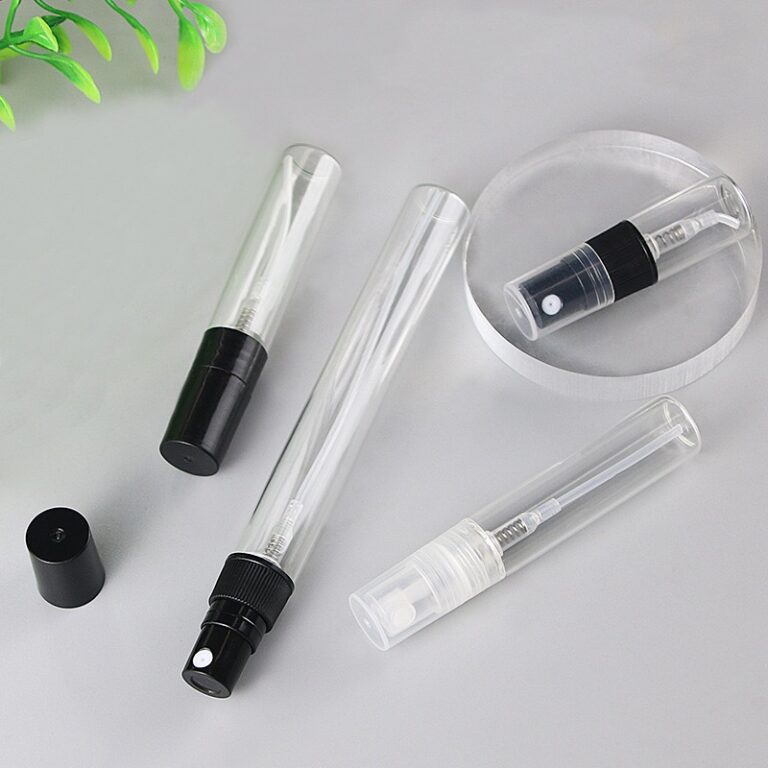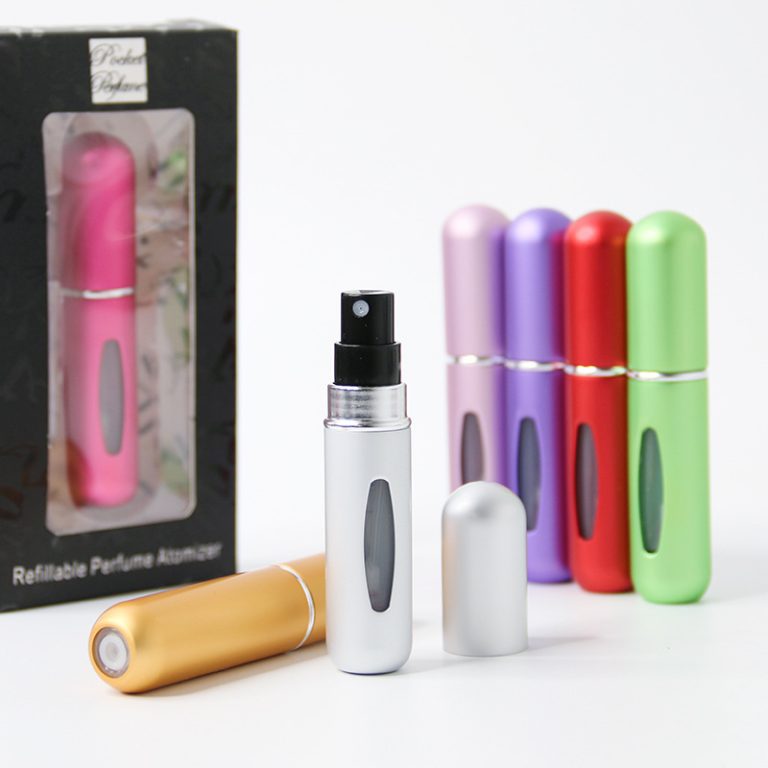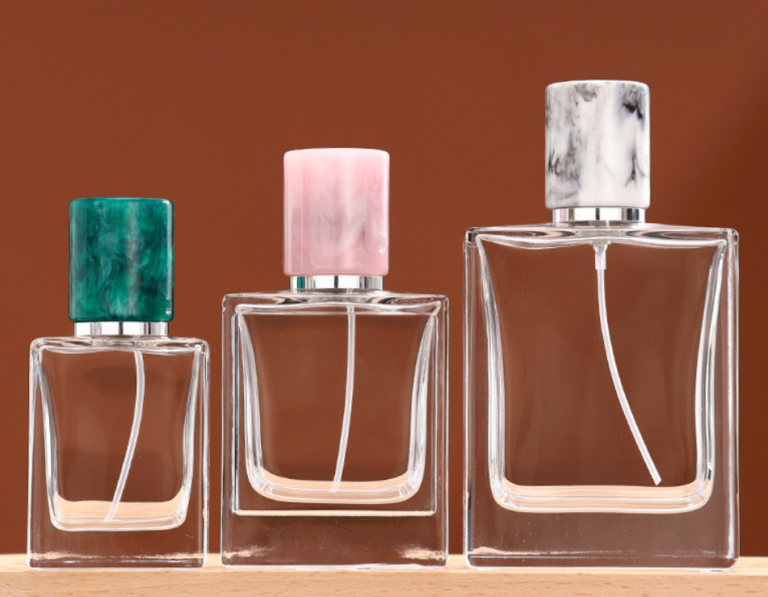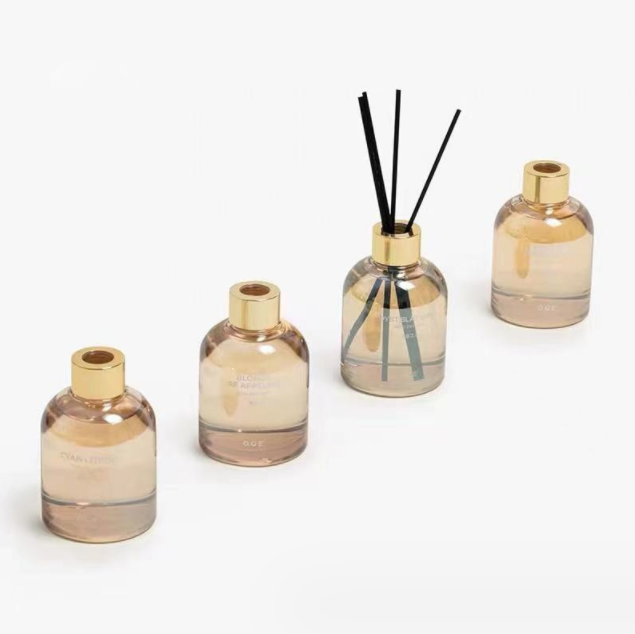Packaging way of glass bottles
Packaging glass bottles involves several steps to ensure the bottles are protected during storage and transportation while also presenting them in an appealing and functional manner. Here’s a general overview of the packaging process for glass bottles:

1. **Bottle Inspection and Quality Control:**
Before packaging, the glass bottles undergo inspection to check for defects such as cracks, chips, or imperfections. Bottles that don’t meet quality standards are removed from the production line.
2. **Grouping and Arrangement:**
Bottles are often arranged and grouped according to size, shape, or product type. This grouping helps streamline the packaging process and ensures consistency in packaging.
3. **Dividers or Separators:**
To prevent bottles from knocking into each other and causing breakage during transport, dividers or separators made from materials like cardboard or plastic are often placed between individual bottles. These dividers can be customized to fit the specific bottle shape and size.
4. **Secondary Packaging:**
Bottles are usually placed in secondary packaging materials, which can include:
– **Cartons or Corrugated Boxes:** Bottles are packed in cartons, which are sealed with tape or glue. These cartons can be customized to hold a specific number of bottles.
– **Shrink Wrap:** Some bottles are grouped together and wrapped in shrink film. Heat is applied to the film, which shrinks tightly around the bottles, holding them securely.
– **Cardboard Trays or Inserts:** Bottles can be placed in custom-made cardboard trays or inserts, which hold them securely and often have handles for easy carrying.
– **Plastic Crates:** In industrial settings or for reusable bottles, plastic crates with compartments are used to transport bottles efficiently.
5. **Labeling and Branding:**
Labels or stickers with product information, branding, and barcodes are often applied to the secondary packaging. This helps with inventory management and ensures that the correct products are shipped.
6. **Palletizing:**
Groups of packaged bottles are stacked on pallets, and the pallets are often shrink-wrapped or strapped for stability and security. The arrangement of bottles on pallets is carefully planned to ensure even weight distribution and to maximize the number of bottles per pallet.
7. **Storage and Transport:**
The pallets of packaged bottles are stored in a warehouse or loaded onto trucks or containers for transport. During transport, it’s essential to secure the pallets to prevent shifting and damage.
8. **Distribution and Retail Display:**
At their destination, the packaged bottles are unloaded and placed on retail shelves or distributed to customers as needed.
9. **Recycling and Waste Management:**
Glass bottles that are damaged, returned, or expired are typically recycled, contributing to sustainability efforts.
The specific packaging methods may vary depending on the industry, product type, and bottle design. Some high-end or specialty products may also have custom packaging with additional protective measures to enhance the presentation and protection of the glass bottles.

